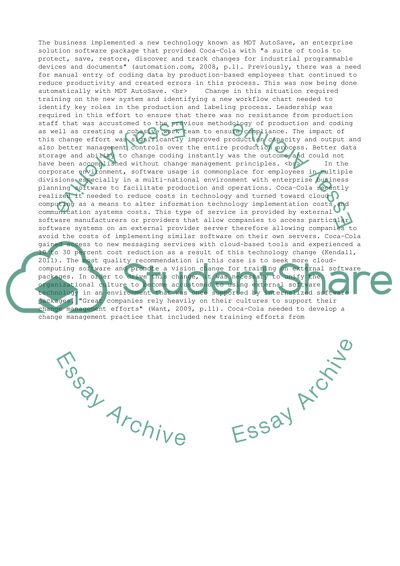Cite this document
(“Impact of Change on an Organization: Coca-Cola Essay”, n.d.)
Retrieved from https://studentshare.org/management/1426460-impact-of-change-on-an-organization
Retrieved from https://studentshare.org/management/1426460-impact-of-change-on-an-organization
(Impact of Change on an Organization: Coca-Cola Essay)
https://studentshare.org/management/1426460-impact-of-change-on-an-organization.
https://studentshare.org/management/1426460-impact-of-change-on-an-organization.
“Impact of Change on an Organization: Coca-Cola Essay”, n.d. https://studentshare.org/management/1426460-impact-of-change-on-an-organization.


